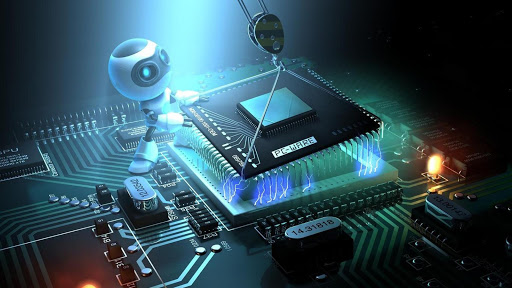🔧 “How Chip‑Level Service Saves Your Laptop—and Your Data”
Chip‑level service—also called component‑level repair—focuses on fixing tiny parts like ICs, capacitors, or power chips directly on the motherboard instead of replacing the entire board. It requires specialized tools (hot-air stations, microscopes, multimeters) and skilled technicians.
🩺 Common Problems Solved
-
No power or won’t boot: This often points to a faulty power IC.
-
Black/flickering display: Indicates issues with GPU or display controller chip.
-
Charging or battery detection failures: Usually due to damaged charging ICs.
-
Nonfunctional USB/HDMI/audio ports: Caused by controller chips or trace faults.
-
Overheating or random shutdowns: Often due to bad capacitors or voltage regulators.
✔️ Tips for Choosing a Chip‑Level Repair Service
-
Verify Technician Expertise: Confirm they have experience with micro-soldering, BGA rework, and testing boards.
-
Ask for a Diagnostic Estimate First: A clear fault report and cost breakdown before repair is essential.
-
Check for Post‑Repair Testing and Warranty: A reliable shop will stress-test the device and may offer a short warranty on repairs.
-
Read Independent Reviews or Get Referrals: Avoid unverified shops or those with mixed reputation in tech forums or local communities.
-
Compare Costs to Replacement Value: If repair quotes exceed 50–60% of your device’s value, consider replacement options instead.

Comments
Post a Comment